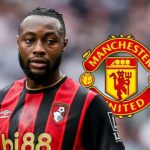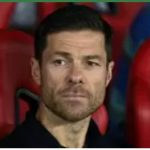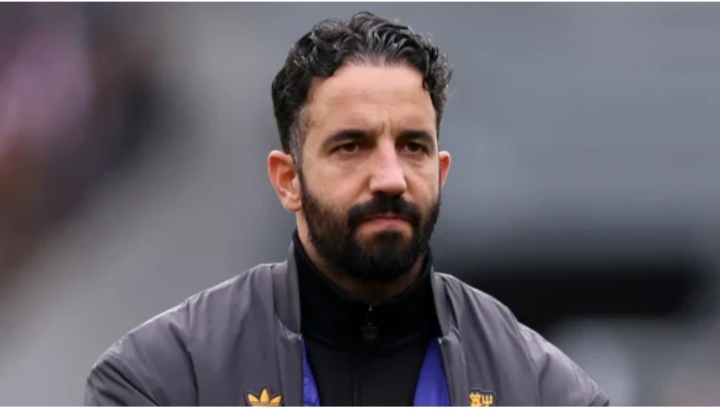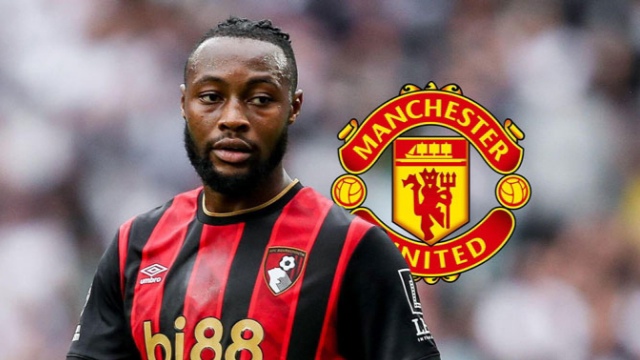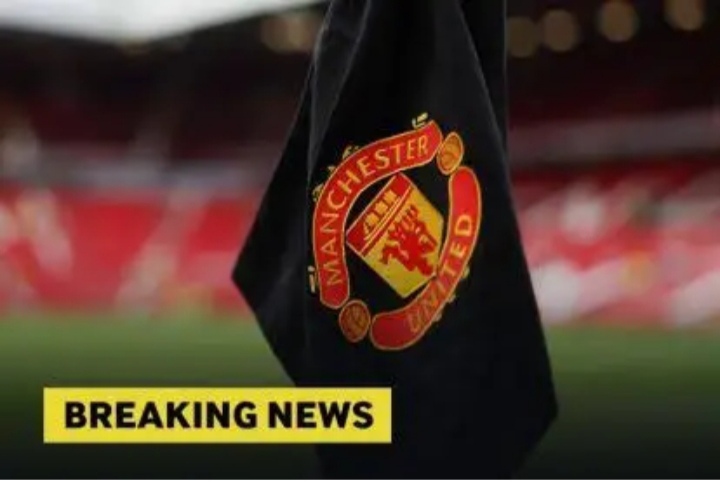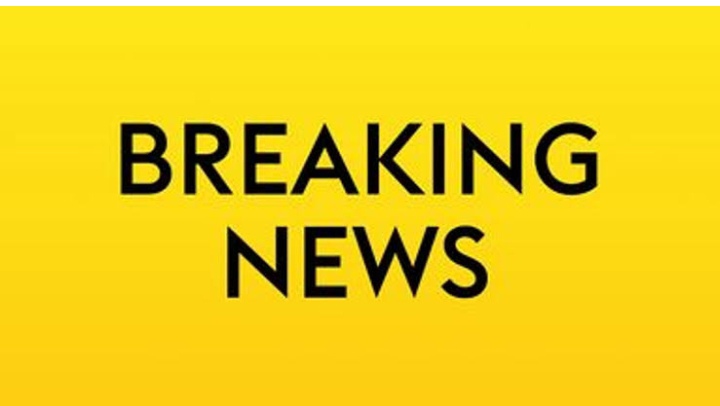In the high-stakes arena of Premier League football, where fortunes can change with a single transfer window, Manchester United once again stands at a crucial turning point. As autumn settles over Old Trafford, murmurs of unrest within the squad have grown louder, prompting club executives to arrange vital transfer talks with two of their brightest senior talents: midfielder Kobbie Mainoo and forward Joshua Zirkzee. These meetings, scheduled ahead of the January transfer window, signal rising tensions under manager Ruben Amorim, whose tactical overhaul has left several key players marginalized and reconsidering their futures.
Reports from ESPN, Goal.com, and the Manchester Evening News suggest growing internal friction that could reshape United’s roster mid-season. Mainoo, the 20-year-old homegrown prodigy who broke through during the 2023–24 season, and Zirkzee, the £36.5 million summer signing from Bologna, are both seeking clarity on their positions. Mainoo has made only one start—a shocking Carabao Cup defeat to Grimsby Town—while Zirkzee has been limited to brief cameos. Their frustration reflects broader questions about Amorim’s demanding 3-4-3 system, which prioritizes high pressing and fluid positional play but has squeezed out certain creative players.
Mainoo’s case is particularly symbolic. A Stockport-born academy graduate, he represents United’s long-standing tradition of promoting youth—the same philosophy that produced legends like Giggs, Scholes, and Rashford. The club has famously fielded at least one academy player in every match since 1937, a record now at risk as Mainoo struggles for minutes—just under 200 in the Premier League this season. Italian champions Napoli are reportedly leading the chase, eyeing a loan move with a £30 million buy option, according to La Gazzetta dello Sport. Mainoo’s camp is said to favor regular game time to boost his international prospects ahead of the Euro 2028 qualifiers.
“It’s a fine balance,” one senior club insider told BBC Sport. “Kobbie represents the future, but Amorim’s system demands tireless midfielders who can disrupt transitions. With Ugarte and Bruno Fernandes occupying key roles, there’s limited space for experimentation.” Amorim, meanwhile, has pledged to uphold United’s youth tradition, saying: “Manchester United’s past is built on young players.” Yet, with the January 1, 2026 window approaching, words will soon need to translate into action.
Zirkzee’s situation adds to the complexity. After impressing in Serie A with 12 goals and seven assists, the Dutch forward arrived to complement Rasmus Højlund, but he’s instead found himself on the periphery—outshone by the Dane and recent arrivals Bryan Mbeumo and Matheus Cunha. Amorim’s preference for a lone striker who drops deep has further limited Zirkzee’s opportunities. According to Sky Sports, he’s concerned about losing his place in the Netherlands’ World Cup 2026 plans.
Interest in Zirkzee is strong: AC Milan, his boyhood club, is reportedly preparing a £25 million bid, while Borussia Dortmund sees him as a potential long-term replacement for Haaland. “Josh has the talent and physique, but he’s being wasted on the bench,” wrote Fabrizio Romano in his daily column. “Without minutes, United’s investment quickly loses value.” A January loan with an obligation to buy appears likely, potentially freeing funds for Amorim’s own transfer targets—such as Viktor Gyökeres and Jarrad Branthwaite, per Eurosport.
These developments come as United languish in ninth place after nine league games, with just three wins. Amorim, appointed in November 2024 after Erik ten Hag’s dismissal, inherited an unbalanced squad in need of overhaul. While his back-three system promised defensive stability and attacking flexibility, injuries to Lisandro Martínez and Luke Shaw have exposed weaknesses. New arrivals like Mazraoui and Ugarte have added depth, but the summer departures of Rashford (loaned to Barcelona) and Garnacho (sold to Chelsea) left gaps still unfilled.
Under Profit and Sustainability Rules (PSR), United must balance spending after a £200 million summer outlay. Director of football John Murtough is prioritizing sales, with Harry Maguire also attracting interest from Al-Nassr. “The goal is to support Amorim without overspending,” a source told The Athletic. “Keeping Mainoo and Zirkzee would be ideal, but their exits could open doors for youngsters like Harry Amass and Toby Collyer.” Fans remain split—some decry the club’s willingness to sell local players, while others see it as necessary squad evolution.
Across the Premier League, rivals Arsenal and Liverpool continue to strengthen, leaving United in danger of slipping further behind the top four. The situation evokes memories of 2014, when post-Moyes stagnation led to a seventh-place finish and a managerial reset under Louis van Gaal. Amorim, however, remains optimistic: “We’re building something sustainable. These talks are about futures, not farewells,” he said after the recent draw with Tottenham.
As winter approaches, all eyes turn to Carrington. The coming weeks will determine whether Mainoo and Zirkzee recommit to United’s vision or seek new beginnings elsewhere. Whatever the outcome, their decisions—and Amorim’s response—could define the course of United’s season and test the manager’s authority at a club where expectations never fade.
